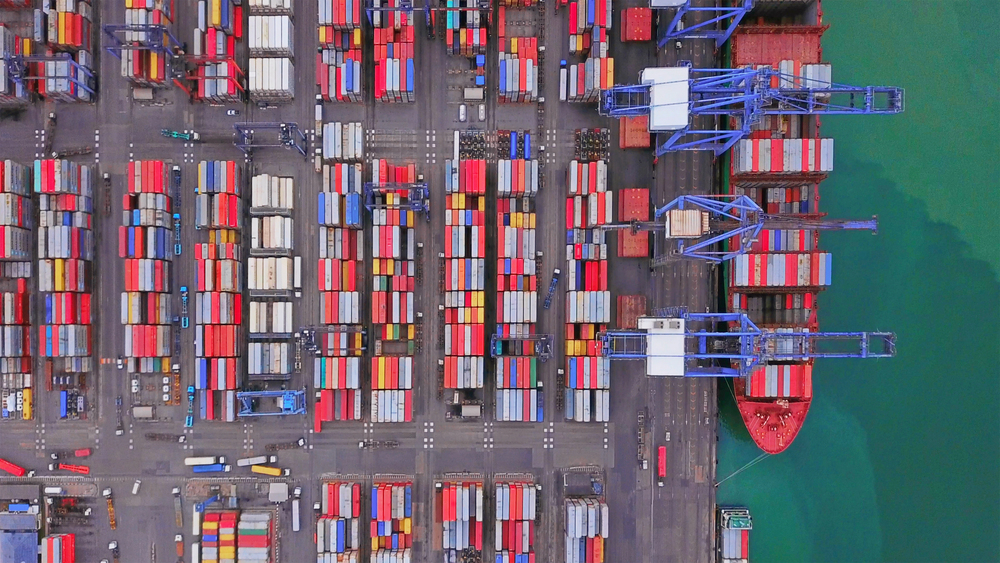State of the Workers Comp Market: ‘Not Unprecedented, but Really Unusual’

By: Jacquelyn Connelly
Typical insurance market cycles are pretty straightforward: In a hard market, you see shrinking capacity, increased underwriting discipline and higher prices. In a soft market, you see greater capacity, a decline in underwriting discipline and lower prices.
But according to Kevin Ring, lead workers compensation analyst at the Institute of WorkComp Professionals, what’s currently happening in the workers compensation insurance market defies the usual logic—it’s “not unprecedented, but it’s really unusual.”
“We’re used to talking about it’s either a hard market or it’s a soft market,” Ring says. “But the market today is exhibiting characteristics of both. There’s no sign of market capacity contracting, prices are decreasing and underwriting discipline is pretty strong. It’s a weird blend of the two.”
Although it was “a bit early” in the filing cycle at press time, Jeff Eddinger, senior division executive, National Council on Compensation Insurance (NCCI), confirms that workers comp rates heading into 2020 will be “pretty consistent” with previous years, in which the majority of states saw rate decreases.
For workers comp carriers, it’s much of the same: workers comp was the only commercial line to clock a composite decrease, according to MarketScout, with average rate changes coming in around -1%.
“For a long time, workers comp frequency has continued to decline on a downward path thanks to advances in technology, safer workplaces, improved risk management and a long-term shift from manufacturing to service sectors,” Eddinger explains. “That’s really what’s driving rate decreases. And at this point, we don’t really have an expectation that this trend will change.”
While the cost of injuries continues to climb, the number of injuries continues to drop. And whereas in 2009-2014, the rate of inflation in both medical and indemnity exceeded their benchmarks in the overall economy—the Medical Consumer Price Index and overall wage growth, respectively—those rates have now roughly aligned over the last five years, according to NCCI.
“While the costs are still going up, they are going up at a rate you would expect, rather than there being something inside the workers comp system that is driving those increases,” Ring explains. “That would seem to indicate that whatever was broken about workers comp, whatever wasn’t working, is working much better now.”
The result is several consecutive years of sub-100 combined ratios for private workers comp carriers—in 2018, it fell to 83%, according to NCCI, representing the lowest workers comp combined ratio seen since the 1950s and the fifth consecutive year of underwriting gain for the industry. “Those numbers are bananas,” Ring says. “Carriers look at that and say, ‘Why can’t we be aggressive with pricing?’”
Challenges like increasing medical costs and mega workers comp claims, then, “are just not enough to drive a change in the overall experience,” Eddinger says. “The frequency decline is just so much bigger than the effect from those other trends.”
In Ring’s opinion, “the only thing that’s going to turn it around in a meaningful way is almost certainly some event outside of workers comp. That could be a change in the economy, or it could be some kind of catastrophic event that so heavily depletes the industry outside of workers comp that it forces price changes in workers comp. But there’s nothing to indicate anything in the workers comp market is going to disrupt it.”
Could a “change in the economy” include a factor like the ongoing labor shortage? Keep an eye on Independent Agent magazine and upcoming editions of the Markets Pulse e-newsletter to find out.
Jacquelyn Connelly is former IA senior editor.










